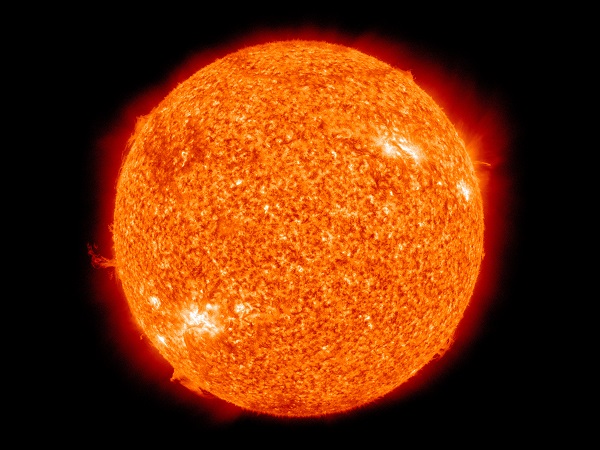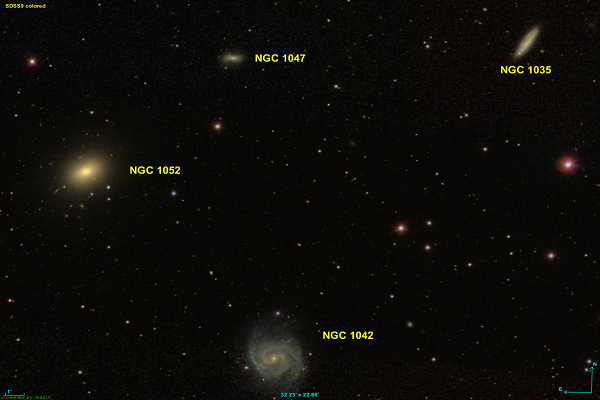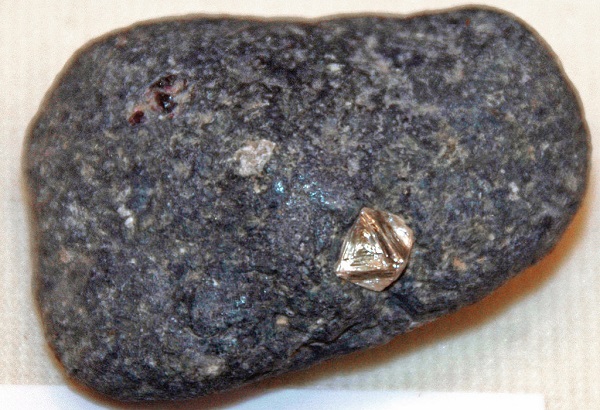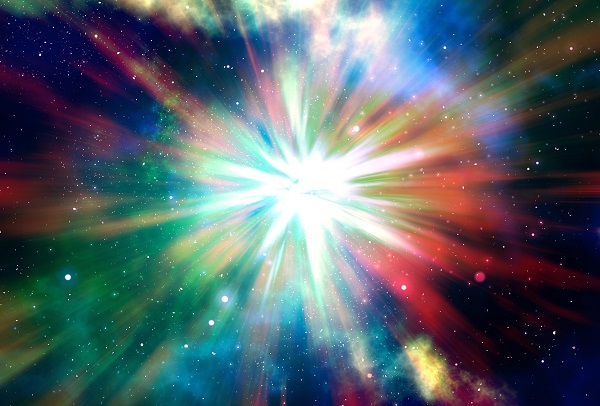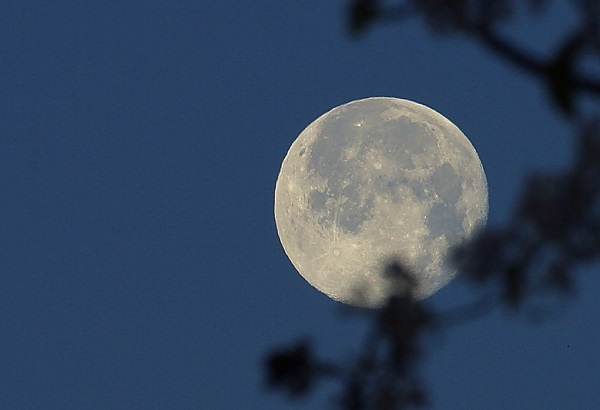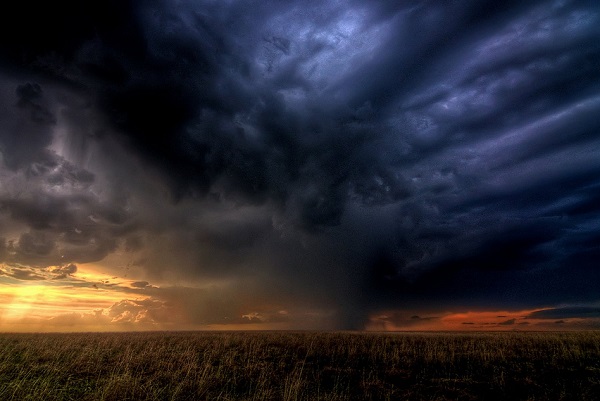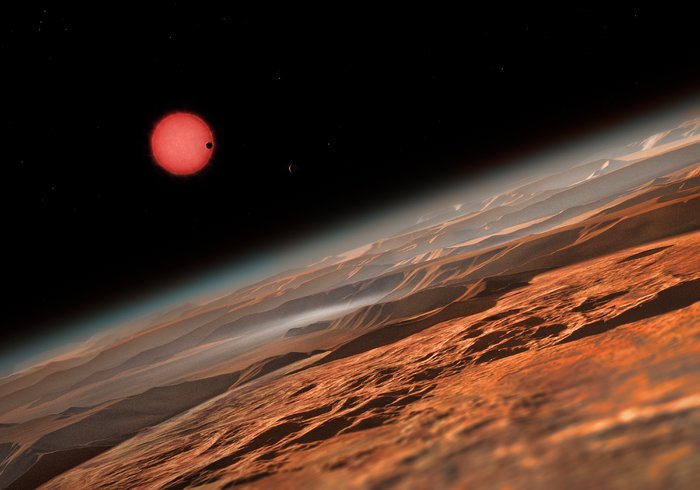
A new study suggests that several planets orbiting the TRAPPIST-1 star may hold water.
The TRAPPIST-1 star, an ultra-cool red dwarf located 40 light years away from Earth, is thought to have at least three planets capable of supporting life. These planets were singled out due to their goldilocks orbit, meaning they could have liquid water. Now, two studies, one observational, and the other theoretical, suggest that the TRAPPIST-1 planets are terrestrial in nature. Thus, it is presumed that the celestial bodies are similar to planets such as Earth and Mars rather than to gas giants such as Saturn or Jupiter. More so, the studies suggest these planets harbor volatile materials including water.
The first study, published in the journal, Nature Astronomy, focused on the planets’ atmosphere, relying more on The Hubble Space Telescope. Through the telescope, scientists were able to observe the star’s light as a planet passes in front of it. Tiny photon fragments that pass through the planet’s atmosphere can be observed from Earth via the telescope. Any light regardless of its color that is absorbed or scattered by the gases in the atmosphere will be missing from those fragments, thus allowing the researchers to predict the atmosphere’s composition. However, study co-author, Hannah Wakeford, of the Space Telescope Science Institute claims that the Hubble has been stretched to its maximum capability, meaning that the results are limited and not conclusive.
This is where the second study comes in. The paper, which will be published in the Astronomy & Astrophysics journal, was based on data obtained from both space and ground telescopes. Lead author on the study, Simon Grimm of the Center for Space and Habitability at the University of Bern, and his team applied complex computer modeling methods to all available data to obtain accurate estimates for the densities of the TRAPPIST-1 planets.
“With a computer model, we simulate the planet’s orbits until the calculated transits agree with the observed values, and hence we derive the planetary masses,” said Grimm.
According to the study, some TRAPPIST-1 planets could have up to 5 percent of their masses in the form of water. Earth has 0.02 percent of its mass in the form of water, meaning that some of these planets could have approximately 250 times more water than Earth’s oceans.
Image Source: WikipediaCommons
Roxanne Briean
Latest posts by Roxanne Briean (see all)
- Former Virginia Tech Freshman Sentenced to 50 Years in Prison for Stabbing a Girl to Death - June 28, 2018
- San Francisco Woman Threatened to Call Police on Girl Who Sold Ice Water for Disneyland Trip - June 25, 2018
- Epping Woman Sentence to 20 Years of Prison for Mutilating Homeless Woman’s Children - June 12, 2018
